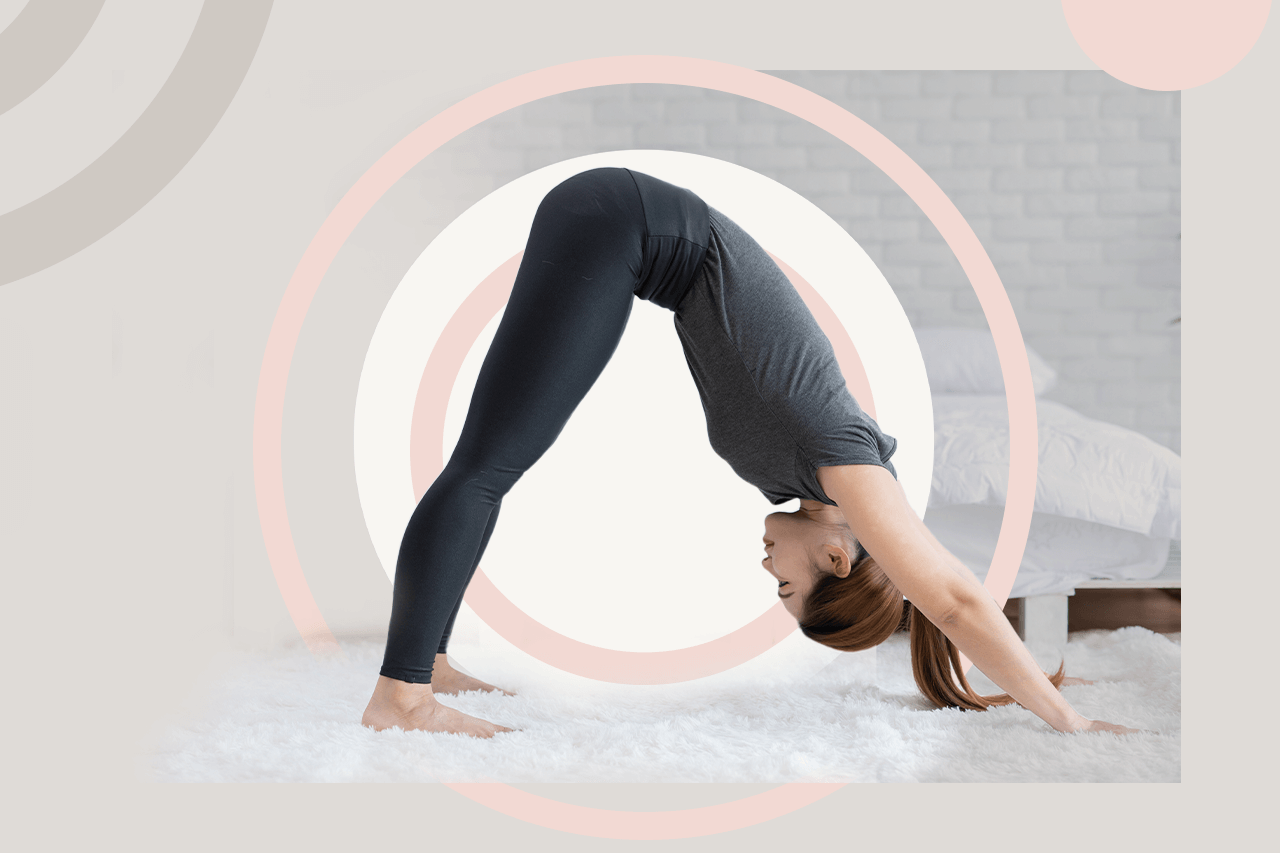Wellness • 03/17/2021
How to Do the Inchworm Exercise

Revivalist is a reader-supported endeavor and our posts may contain affiliate links. When you buy through links on our site, we may earn an affiliate commission.
Finding new ways to move your body improves any workout routine. Whether you want to target specific muscle groups, lose weight or just get moving, switching things up challenges your endurance. Total-body workouts are easy to add to any routine, so read about how to do the inchworm exercise to get your blood flowing.
This move is the perfect addition to your warm-ups or as part of your high-intensity interval training (HIIT) workouts. Check out everything you need to know so this new move helps conquer your fitness goals.
What Is the Inchworm Exercise?
The inchworm exercise is a full-body move that fits in workouts at any intensity. You can do it at home or at the gym because it doesn’t require much room or any equipment. As long as you have a stable surface, this simple exercise can become your new favorite move.
What Are the Benefits?
There are a few benefits to this specific exercise. It relies on your body weight, so it’s a quick strengthening routine. You’ll build muscle by supporting your body with your quadriceps and tighten ab muscles by stabilizing your balance.
The inchworm exercise also stretches key muscle groups if you hold it in the right places. You’ll still workout your abs if you choose to hold these stretches. This optional variation complements your daily stretching routine or turns the inchworm exercise into an active-rest move that keeps your heart rate up between rounds.
Another benefit of this exercise is how little room you need. Enjoy doing it at home or on vacation. You won’t need to add space to your travel requirements and pay extra fees for larger hotel rooms.
How to Do the Inchworm Exercise
Now that you know more about the benefits of doing this move, it’s time to go through each step and feel it out for yourself. If you enjoy this exercise, you can combine it with your routine if you’re preparing for your wedding or training for a competition.
Step One: Check Your Stance
Begin your exercise by checking your stance. Your feet should be hip-width apart, shoulders rolled back and your spine straight.
Step Two: Bend Forward While Breathing
Breathe deeply into your diaphragm and begin bending forwards as you exhale. Feel each vertebra in your spine roll forward while you reach towards the floor. Bend your knees slightly if needed to touch the ground.
Step Three: Move Into a Plank
Once your hands are on the ground, inhale and walk your hands forward slowly. Your heels should come off the floor as you move into a plank position. You’ll know you’ve reached a full plank when your hands line up directly beneath your shoulders and your back is flat.
Beginners may worry about holding this position, but that’s not necessary in the traditional inchworm move. You’ll only be in a plank for a moment, so try not to lean your knees into the ground.
Step Four: Walk Your Feet Forward
After reaching a plank position, take a deep breath and begin making small steps forward with your feet. Your hips will lift towards the ceiling while you exhale. Bend your knees while completing this step if it makes the move more comfortable. This is when you’ll feel the most stretching in your hamstrings, glutes and calves, but you should never feel like you’re in pain.
Step Five: Pause in a Hamstring Stretch
If you intend to use this move as a stretch, hold your position once your hands reach your feet. Continue touching the ground or reaching for it with your knees slightly bent. Use this stretch as long as you’d like or for about thirty seconds.
Step Six: Slowly Stand Up Straight
The last step is to stand up slowly. Moving too quickly may induce dizziness, so focus again on straightening by one vertebra at a time. Inhale before finishing the move and exhale as you stand. You can then move back a step and start over again or finish your active rest period and continue with your workout.
What Are Safe Modifications?
You can always modify the inchworm exercise to meet your fitness needs. It’s easier for some people to reach the plank position and walk their hands back instead of stepping forward into the bent over position.
Either way leads into a good stretch, but stepping forward engages your lower body a bit more. You won’t need to push yourself too hard to experience a more productive morning if your stamina still needs to develop.
This move also becomes more challenging if you intensify your plank. Flatten your back to practice better form and move your hands forward a few inches at a time until you’re pushing your comfort zone. You should be able to safely support yourself while feeling your quadriceps work.
What Are Common Mistakes?
There are a few common mistakes that could result in injuries. Maintain your vigilance during each round to ensure to avoid these accidents.
Craning Your Neck
Avoid placing pressure on or straining your neck muscles while planking. You’ll misalign your spine and possibly sprain your neck if you don’t put your weight on your arms and support yourself with your abs.
Forgetting Your Core
Your core muscles provide stability during a plank, so tighten them to keep them engaged. If they’re not engaged, your hips will sag too low to make this move effective.
Going Too Fast
This exercise is great because it requires gradual movements and complete focus. Moving too fast will propel you through your plank with your lower body and prevent any strength training. Use slow, steady breaths to measure your movements even if it’s the end of your workout.
Try the Inchworm Exercise Today
Anyone can learn how to do the inchworm exercise with tips and reminders like these. You’ll get the hang of this exercise and come to love the total-body development that results from doing it regularly.
Subscribe to Our Weekly Newsletter
We would love to connect deeper with you!


